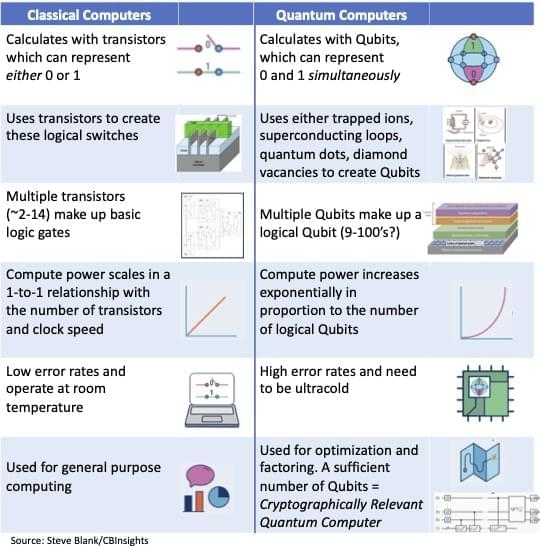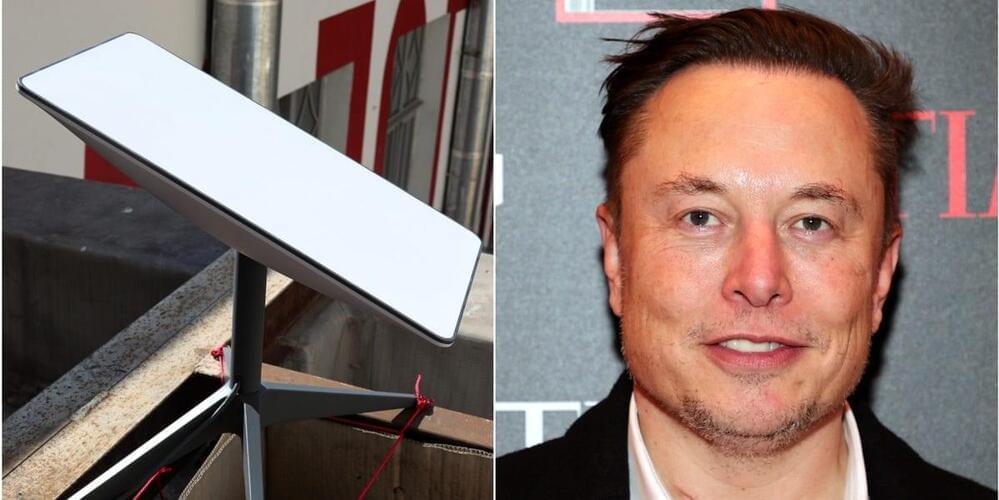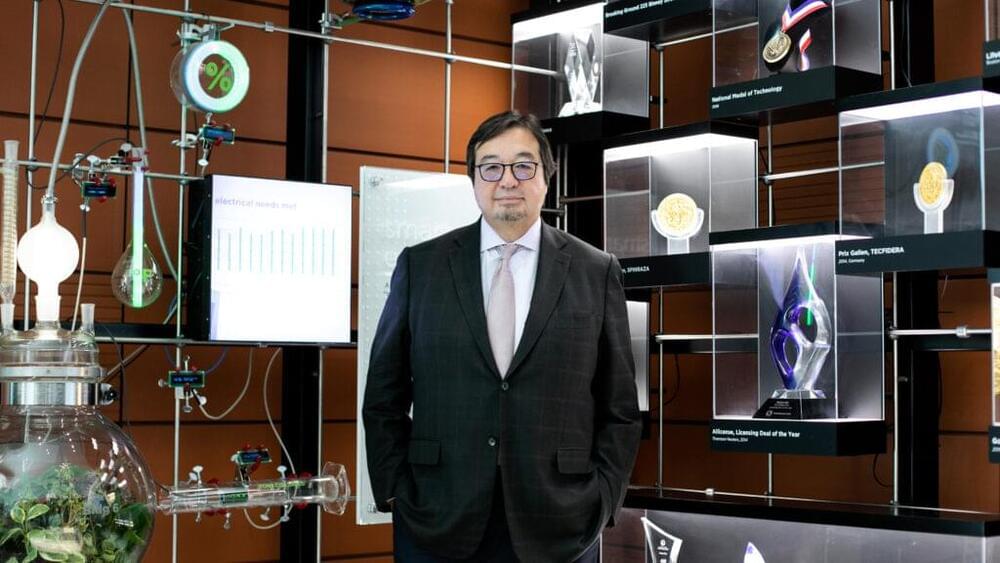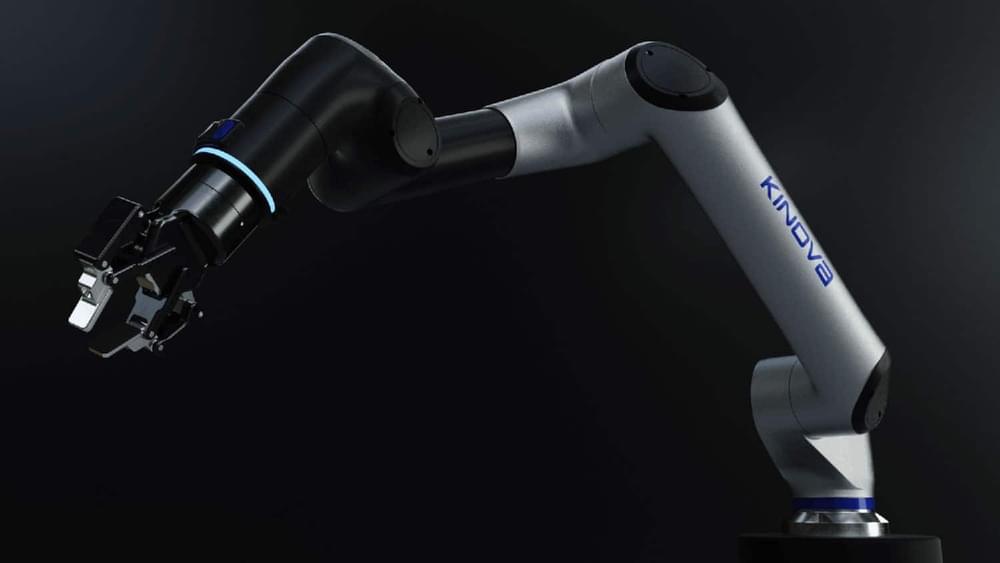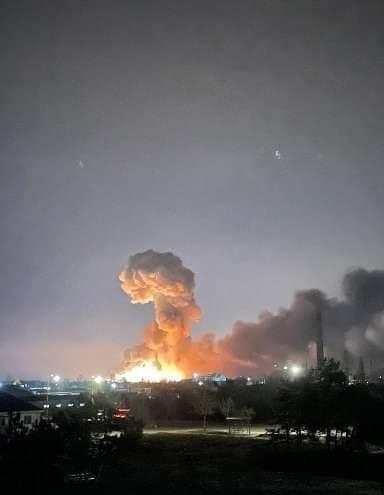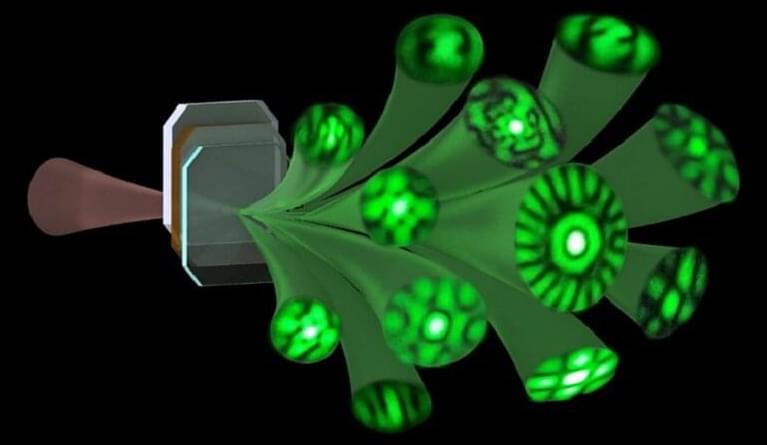
Extension of laser beam structures promises new laser applications. Exploration of how beam structures change during nonlinear frequency conversion processes has drawn increasing interest in recent years. Nonlinear conversion is an excellent route for structured beam generation and represents a growing, hybrid field for researchers in nonlinear optics and laser technology, as well as the emerging area of light-field regulation technology.
For structured beam generation and nonlinear frequency conversion, researchers have considered both intracavity oscillation and external cavity spatial modulation. To achieve flexible outputs, spatial light modulators can be used to obtain structured beams both inside and outside the laser cavity. But this is an indirect, inefficient method. Intracavity nonlinear frequency generation of structured beams offers a direct, efficient method that has only rarely been investigated, until recently.
Inside a laser cavity, an effect known as “transverse mode locking” (TML) enables the direct generation of the vortex beams or optical vortices from a laser cavity. It is known that both solid-state microchip lasers and VCSELs can produce quite similar outputs of TML beam patterns under large Fresnel number pumping conditions. The complex transverse patterns formed by the TML effect, commonly composed of different basic modes with different weight coefficients and different locking phases, make for abundant spatial information in fundamental frequency modes. Nonlinear frequency conversion of these directly generated TML beams is of great interest, but not yet well studied.

